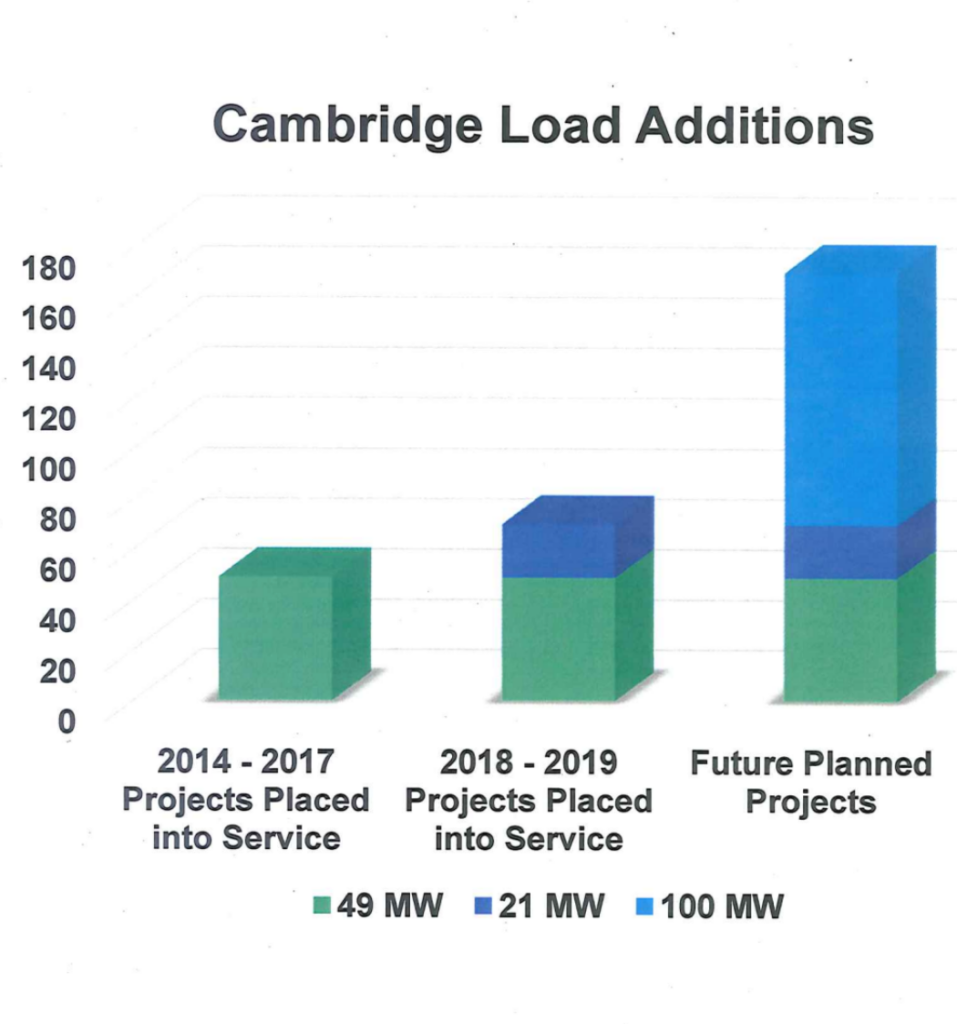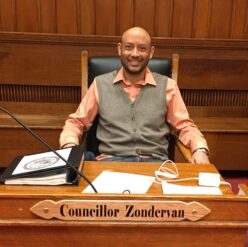In response to Kendall Square’s recent explosive commercial building growth and without accounting for future demand projections, Eversource has proposed a massive 150-180 Megawatt power substation on Fulkerson Street in East Cambridge, right across from the Kennedy-Longfellow School and Ahern Field. I vehemently oppose this substation, as well as the proposed substation expansions on Putnam Ave and in Alewife. Over the last six months, I’ve made it clear to Eversource, large property owners, and the City that they need to find a more suitable location in Kendall Square, and that they need to find a more sustainable and thoughtful way to meet our energy needs going forward. East Cambridge should not get stuck with dangerous and disruptive infrastructure that would power Kendall Square, but simply finding a different site is not good enough. Electric utility expansion is counterproductive to our climate goals, and Eversource should not be building any more of this infrastructure, period.
With 34 building projects permitted or under construction in Kendall Square and electric load already reaching 98% of capacity at peak usage times during Summer 2018, something clearly needs to be done. However, the Eversource proposal is a band-aid solution that perpetuates the lack of planning that got us into this mess in the first place! The demand projections presented by the utility don’t even factor in the millions of square feet of growth anticipated at the Volpe site in the coming years.

There has been a frustrating and unacceptable lack of coordination between the City and the utility, and the City seems perfectly comfortable to continue growing without serious infrastructure planning. If we continue along this path of mindless commercial growth, we will be back at the table in a few years having another conversation about the need for a new substation. Not on my watch! I will not vote for any more upzonings that add to our grid electricity consumption. Enough of us have taken such a position with respect to the Fulkerson Street proposal that the big developers in Kendall Square have come to the table to discuss alternative sites for this substation. I have also filed a zoning petition along with Councillor Carlone that would amend the special permit criteria to require that the Planning Board consider a project’s impact on our public utilities, including the electrical grid and its capacity.
86% of the electricity on the grid in Massachusetts does not come from 100% renewable sources, so any additional grid electricity consumption adds to our fossil fuel emissions, which need to be decreasing, not increasing! Though it may seem counterintuitive, we don’t need to increase our grid infrastructure in order to meet our electrical demands. Con Edison’s Brooklyn Queens Demand Management (BQDM) program is an excellent illustration: instead of spending a billion dollars on traditional solutions including a new substation (as proposed), the utility invested $200 million into demand management strategies and efficiency upgrades. This option worked better than anyone expected and addressed the electrical needs of the growing neighborhoods without the need for a new substation.
If these alternative approaches can be effective in New York City, we should be able to explore them in Cambridge, but Eversource has refused to do so every time I bring it up during committee hearings. It is no surprise that the utility would be perfectly comfortable with endless additional grid infrastructure as most of their profits come from the distribution of electricity (as opposed to the generation) and they turn quite the profit despite being a “public” utility! Ultimately we need to move away from the for-profit utility model altogether. That is why I support Rep. Connolly’s bill, H.3893, “An Act Facilitating Public Ownership of Public Utilities”. I will continue to push for more aggressive investments in energy use reductions and for increasing local renewable energy deployments in existing buildings, and for net-zero ready and net-zero standards for new construction. We have built several net-zero ready municipal buildings at this point, and it is past time to do the same in private development through energy efficiency and local renewable energy sources like solar, geothermal, and air-source heating/cooling. Through all these strategies, we can reduce our building emissions, which account for 80% of Cambridge’s total emissions, and minimize the need for new grid infrastructure. Finally, I will continue to advocate at the state level to increase the renewable portfolio standard (RPS) up from the current 14%, and for other ways to accelerate the timeline to a 100% renewable electricity grid statewide.
